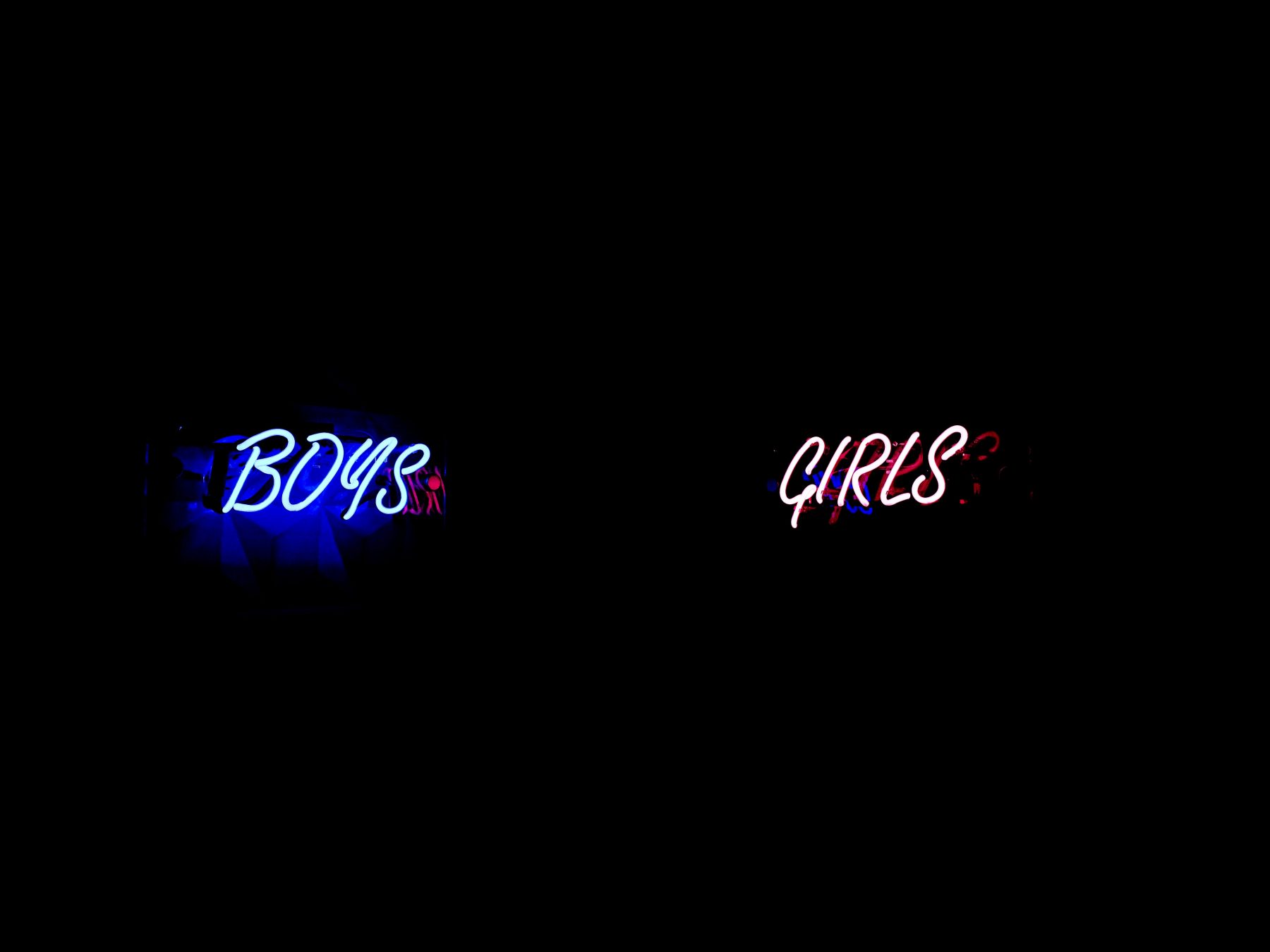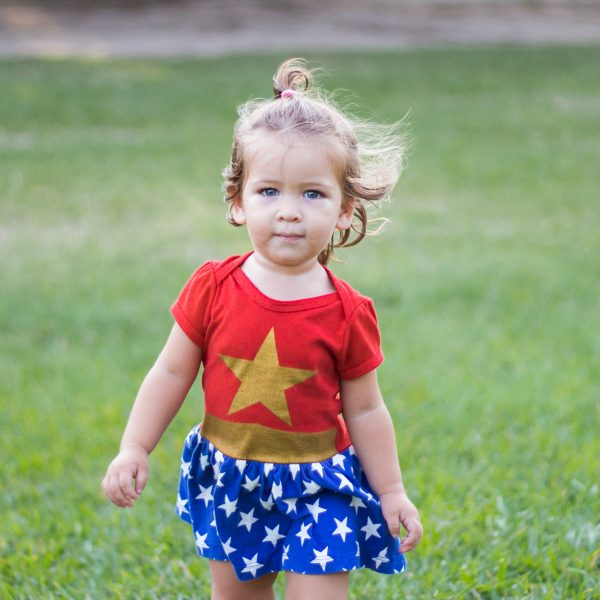When it comes to gender equity, children’s books are off the mark

Children’s books are perpetuating outdated stereotypes of gender roles including boys playing sport, doing physical work and girls as passive onlookers, a new study of eight long day care centres in Australia and the USA has found.
Approximately 90 per cent of the most frequently read books in long day care centres are not inclusive of diverse characters and are largely told from a white, male perspective, researchers noted, emphasising that the kinds of books read to young children sends a powerful message that influences their identity by either perpetuating gender stereotypes or breaking down gender barriers.
“Purely and simply this research shows there’s a lack of representation of boys and girls in non-traditional gender roles in these books,” said Lead researcher Dr Helen Adam from Edith Cowan University.
Representation of gender diverse children and families was completely absent in the books studied, as well as the representation of characters from minority ethnic backgrounds.
“This can contribute to children from these families and backgrounds feeling excluded or marginalised,” Dr Adam added.
Some of her previous research has shown that adults will often choose books they loved themselves as children, and this contributes to children being exposed to outdated viewpoints of masculinity and femininity as well as gender roles.
“At the time of this study, lots of the centres had mainly older books, some first published in the 1950s or 60s, when society’s views on these topics was very different to today,” she said.
Although books are becoming more diverse with an increased balance between leading female and male characters, many of the roles played by these characters still reflect only traditional gender roles and expectations. This, Dr Adam continued, makes it challenging for adults when choosing empowering books to share with children.
Researchers stressed that some books reinforcing more traditional gender roles were often considered high quality books with strong storylines and good use of language and literary devices, portraying other positive messages for children.
In that case, it was the role of educators to use texts to help young children understand how stereotypes are created and maintained in books and that they were not representative of all situations.
The research team considered a range of story characteristics relating to gender and the roles, attitudes and jobs of characters and stories to separate books into categories that were stereotypical, gender restrictive, sensitive to gender or gender neutral.
The books in four long day care centres in Western Australia were compared with those in similar centres in the United States.
For example, one of the books analysed, Harry the Dirty Dog, shows males outnumbering females by more than 3:1, with males portrayed in multiple occupations while females appearing in passive, domestic and nurturing roles.
Services wishing to expand their collection of more inclusive texts were directed by researchers to the following recently published books that challenge traditional notions of gender:
My Shadow is Pink by Scott Stuart
Do you want to play trucks? by Ann Stott
Who’s your real mum? by Bernadette Green
Me and my boots by Penny Harrison
I want to be a superhero by Breanna Humes
’Gender equity in early childhood picture books: a cross-cultural study of frequently read picture books in early childhood classrooms in Australia and the United States’ was published in The Australian Educational Researcher and may be accessed here.
Popular

Quality
Practice
Provider
Research
ECEC in focus - Una Springwood’s intergenerational initiative brings young and old together through connection and care
2025-06-30 10:00:45
by Contributed Content

Workforce
Practice
Provider
Quality
Research
Supporting successful transitions: Big moves, big feelings
2025-06-26 11:00:30
by Fiona Alston

Provider
Practice
Quality
Research
Aboriginal Education Strategy drives early learning and school success in South Australia
2025-07-01 09:55:12
by Fiona Alston












